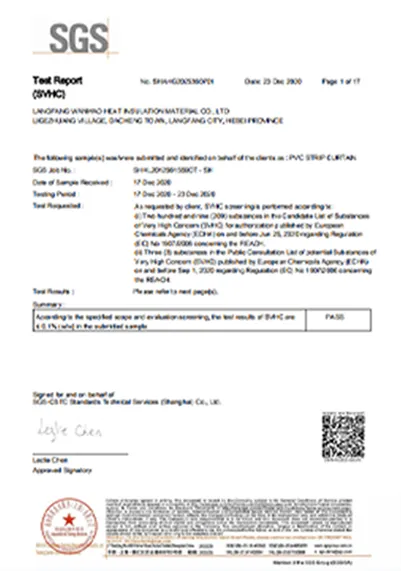Trends and Innovations in PVC Production Processes and Applications
The Dynamics of PVC Production An Industry Overview
Polyvinyl Chloride (PVC) is one of the most widely produced synthetic polymers in the world, ranking second only to polyethylene in terms of popular usage. As a versatile plastic, PVC is integral to various industries, including construction, healthcare, and packaging. This article delves into the production processes, applications, environmental considerations, and future trends related to PVC.
PVC Production Processes
The production of PVC typically involves two primary methods suspension polymerization and emulsion polymerization. In suspension polymerization, vinyl chloride monomer (VCM) is dispersed in water, and a polymerization initiator is added to form PVC. This method is known for its efficiency and is responsible for approximately 80% of global PVC production. On the other hand, emulsion polymerization, which incorporates surfactants and stabilizers, results in a fine PVC dispersion suitable for specific applications, such as coatings and adhesives.
An essential aspect of PVC production is the primary raw material, vinyl chloride monomer (VCM). VCM is synthesized through the process of ethylene dichloride (EDC) dehydrochlorination or direct chlorination of ethylene. The production methods for VCM pose environmental challenges, including the release of dioxins and other harmful compounds, thus necessitating stringent environmental regulations.
Applications of PVC
PVC's versatility is reflected in its numerous applications. In the construction sector, it is widely used for pipes, fittings, window frames, and flooring, owing to its durability, low maintenance, and resistance to corrosion. In healthcare, PVC is used in products such as IV bags, tubing, and surgical gloves due to its biocompatibility and ease of sterilization.
Moreover, PVC is a popular choice in the consumer goods sector, featuring in items like credit cards, toys, and even clothing. Its adaptability allows for various formulations that can be made flexible or rigid, while different additivities enhance its properties, improving UV resistance, thermal stability, and fire retardance.
pvc production

Environmental Considerations
Despite its numerous benefits, PVC production and disposal have raised significant environmental concerns. The production of VCM involves the use of chlorine, which can result in the formation of dioxins, toxic compounds that persist in the environment and pose health risks to humans and wildlife. Furthermore, during incineration or improper disposal of PVC products, hazardous byproducts can be released.
To address these environmental challenges, many manufacturers are exploring more sustainable practices. For instance, the development of bio-based PVC, derived from renewable resources such as sugarcane, is a promising innovation. Additionally, recycling initiatives aimed at recovering and reprocessing PVC products are being implemented to reduce landfill waste and resource consumption. Organizations are also promoting the use of certified eco-friendly PVC, which adheres to stricter environmental standards.
Future Trends in PVC Production
The future of PVC production is being shaped by technological advancements and increasing consumer demand for sustainable materials. Innovations in polymerization techniques, such as reversed-phase emulsion polymerization, may enhance efficiency and reduce environmental impact. Furthermore, the integration of Industry 4.0 technologies, such as IoT and AI, is expected to streamline production processes, improve quality control, and minimize energy consumption.
Additionally, the global market for PVC is shifting, with emerging economies in Asia, Africa, and Latin America witnessing rapid industrial growth. The demand for construction materials in these regions is predicted to drive PVC consumption, especially as urbanization accelerates.
In summary, while PVC remains an essential material across numerous industries, its production and lifecycle require careful management to mitigate environmental impacts. Innovations in production methods, sustainable materials, and recycling efforts are crucial to ensuring that PVC continues to meet global demands responsibly. As the industry moves towards greater sustainability, collaboration between manufacturers, governments, and consumers will be vital in shaping a cleaner and more efficient future for PVC production.
-
Flexible PVC Sheet Supplier – Durable Flexible Plastic & Ribbed Sheets Custom SolutionsNewsJun.10,2025
-
Magnetic Curtain Wide – Durable, Easy Install, Perfect Fit for DoorsNewsJun.10,2025
-
Flat Anti-Insect PVC Strip Curtain Effective Insect Control SolutionNewsJun.10,2025
-
Opaque PVC Strip Curtains Insect-Proof & Privacy SolutionsNewsMay.30,2025
-
3mm PVC Sheets - Durable, Lightweight & Waterproof 1mm & Rolls AvailableNewsMay.30,2025
-
Polar Curtains Energy-Efficient Thermal Insulation Solutions Shop NowNewsMay.29,2025



